Saab SK 60 times three! Part II: a formation of four Saab SK60s called "the Vikings" and the Swedish neutrality.
The history of the Swedish Air Force is a reflection of the neutral political stance that the great Nordic country developed in the fateful years of the 20th century. In 1905, two years after the first motorised flight had been achieved, the personal union with Norway was ended and the state of Sweden in its present territorial form was born. In 1911, the Swedish navy acquired its first flying machine - a Bleriot XI - followed shortly afterwards by the army with a Nieuport IV G. The country's neutrality in the First World War largely kept it out of the "primal catastrophe of the 20th century", but also meant that it was cut off from the rapid war-related technical development of aviation on the part of both the Entente and the Central Powers. Until the early 1920s, the technical equipment of the Swedish armed forces lagged far behind the standards now established in Europe, both in terms of quantity and quality. However, this was not to remain the case for long: the need to be able to supply itself with adequate armaments if neutrality was to be consistently maintained was recognised early on against this background.
One consequence of this realisation was the creation of an independent Swedish air force in 1926, another was the founding of the national aviation and armaments group Svenska Aeroplan Aktiebolaget, later shortened to the acronym "Saab". In 1937, the new group was founded by merging the two companies AB Svenska Järnvägsverkstäderna (ASJ) and Svenska Flygmotor AB. The first two years still saw the licensed production of foreign models such as the Junkers Ju 86 or the NA 16 (T6).
However, the first independent designs were not long in coming. The Saab 17, a powerful dive bomber and reconnaissance aircraft of the company's own design, was produced in 1940, followed in 1942 by the Saab 18, the first twin-engine design that could stand comparison with contemporary modern models as a bomber and reconnaissance aircraft.
Even after 1945, Saab and its state sponsors were extremely open to new technologies: with the J21, Sweden joined the elite circle of powers that were able to produce their own military turbine aircraft. With the remarkable J29 Tunnan, the company further expanded its position at the international forefront - and so it was not long before Saab produced an aircraft that was among the best that military aviation could offer at the time in international comparison: the advanced J35 Draken not only wrote company history in 1955, but still occupies a prominent place in the development of military aviation today.
The range of other advanced aircraft produced by Saab - which I will not go into in detail here for the sake of brevity - is astonishingly large, and not without reason. It illustrates the specifically Swedish way of maintaining neutrality in times of cold war and bloc formation. The maxims here are: the greatest possible armaments autonomy combined with the military ability to credibly defend neutrality. It remains to be seen what Sweden's path will actually look like in the post-Cold War era, but current models such as the JAS-39 Gripen make it clear that the country continues to claim its leading position in international military aviation.
About the model: Saab SK60A 60074
Sweden's neutrality is not automatically in conflict with the international sale of defence equipment: the quality of the aircraft produced by Saab has always attracted the interest of other air forces and has also led to numerous export successes. The model shown here also refers to this background. This special Sk 60A with the construction number 60074 was part of the F5 Air Force Flying School in Ljungbyhed, but has an attractive paint job on the vertical tail with a yellow coat of arms on a blue background - the heraldic colours of the Swedish royal family - and there was a special reason for this! This special livery was shown on four aircraft at the Le Bourget Air Show and Air Fair in 1967, when the SK 60 was being introduced to the "Flygvapnet" four years after its maiden flight - and Saab was hoping to attract interest from outside Sweden. As planned, the four Saab SK 60s with their yellow and blue tail caused quite a stir and, although not an official team, became known as "The Vikings".
Despite this attention, the Saab SK60 was only exported to one country: Austria, which was also committed to neutrality, opted for the Swedish model in 1970. As in Sweden, the forty Saab SK 60/105s purchased were also used as trainers and light ground attack aircraft in this country - for an astonishing 50 years. While Austria had to decommission the type in 2020, the remaining aircraft are to remain in service until 2025 following a thorough modernisation programme in Sweden.
This is the second Saab SK60 that I am presenting here. The article on the first aircraft dealt with the development and operational history of the type, while the following, concluding article on the third Saab SK60 -last but not least- will deal with the qualities of the quite unconventional kit from the Swedish manufacturer Pilot Replicas.
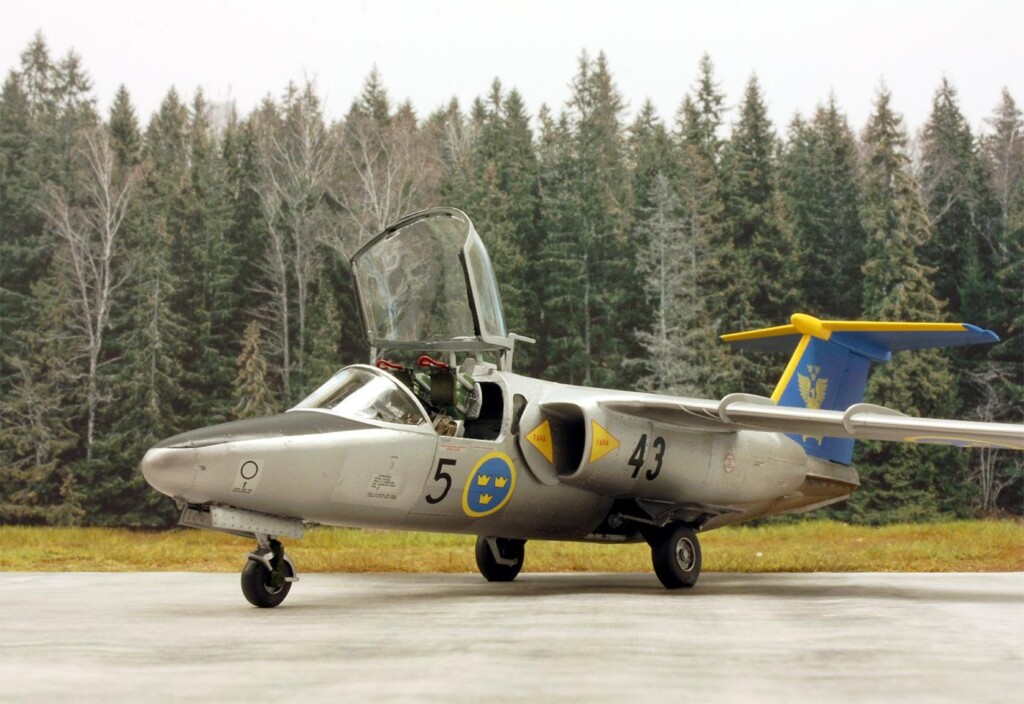
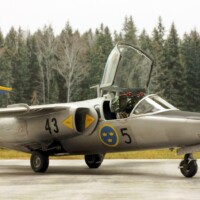
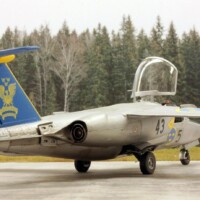
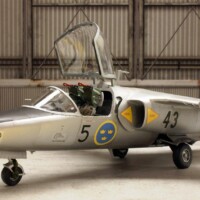
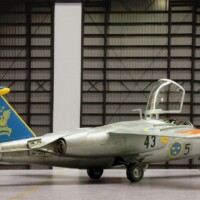
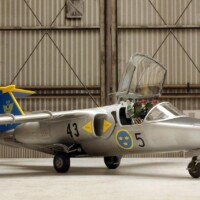
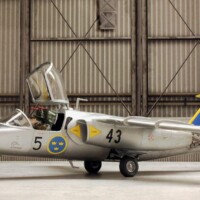
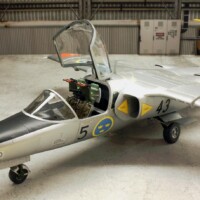
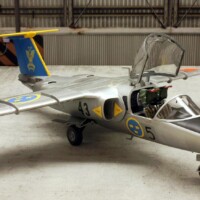
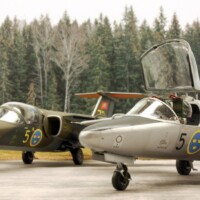
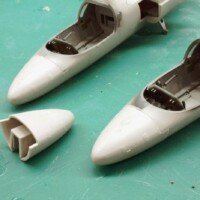

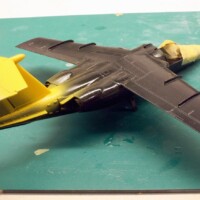
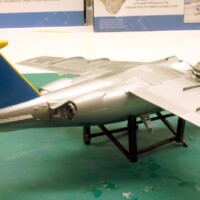
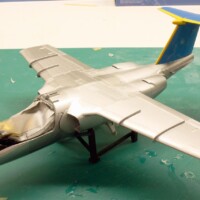
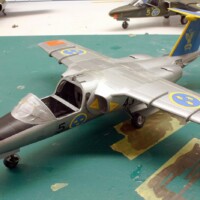
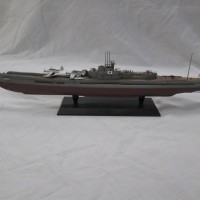
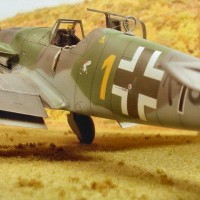
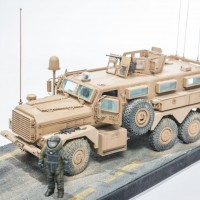
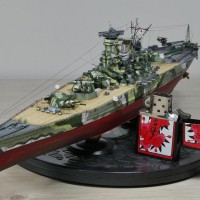
Looks spectacular with those fin markings! This is a great collection of Saab jets.
A superb result and an equally superb article, Roland!
A beauty as well, Roland @rosachsenhofer
The tail fin marking is a nice eye catcher.
Another winner, Roland. I really like this plane.
Excellent model of a unique design.
Well done, Roland
Beautiful build and interesting history.
A beautiful model, Roland, with an interesting history. Although I’ve never owned one, Saab’s cars were very attractive, sadly resigned to history, Volvos were never as much fun, just boringly safe.
Thank you all for your interest and your comments - I feel honoured and motivated!